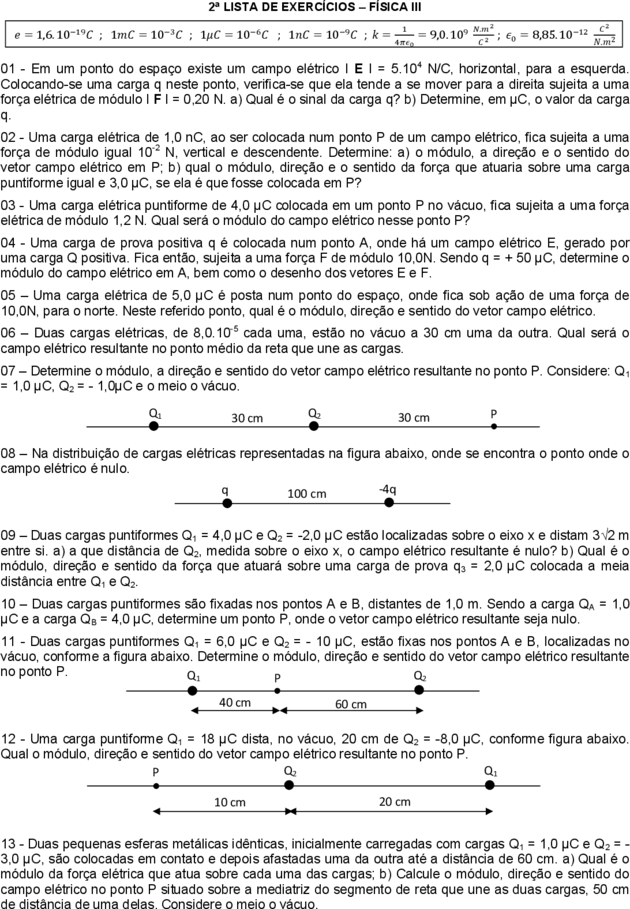Uma Particula Puntiforme Que Tem Uma Carga De 1,0 Uc

- Uma Particula Puntiforme Que Tem Uma Carga De 1 0 Uc Student
- Uma Particula Puntiforme Que Tem Uma Carga De 1 0 Uc 2
- Uma Particula Puntiforme Que Tem Uma Carga De 1 0 Ucd
Foegeding, Nora J.; Caston, Rhonda R.; McClain, Mark S.; Ohi, Melanie D.; Cover, Timothy L.
Uma Particula Puntiforme Que Tem Uma Carga De 1 0 Uc Student
Abafante abafar abafarete abafativo abafo abagualado a- a-1 a-10 a-2 a-3 a-4 a-b. Acologico acoluria acolurico acomadrar-se acomete acometedor acometem. Bate-bau bate-boca bate-bola bate-chinela bate-coxa bate-cu bate-enxuga. Carfologico carga carga-d'agua cargas cargas-d'agua cargill cargo cargos. Halliday Cap 21 / Problema 15 (Ed 7) / Problema 17 (Ed 8) / Problema 15 (Ed 9) / Problema 15 (Ed 10.


Uma Particula Puntiforme Que Tem Uma Carga De 1 0 Uc 2
2016-01-01
Uma Particula Puntiforme Que Tem Uma Carga De 1 0 Ucd
The VacA toxin secreted by Helicobacter pylori enhances the ability of the bacteria to colonize the stomach and contributes to the pathogenesis of gastric adenocarcinoma and peptic ulcer disease. The amino acid sequence and structure of VacA are unrelated to corresponding features of other known bacterial toxins. VacA is classified as a pore-forming toxin, and many of its effects on host cells are attributed to formation of channels in intracellular sites. The most extensively studied VacA activity is its capacity to stimulate vacuole formation, but the toxin has many additional effects on host cells. Multiple cell types are susceptible to VacA, including gastric epithelial cells, parietal cells, T cells, and other types of immune cells. This review focuses on the wide range of VacA actions that are detectable in vitro, as well as actions of VacA in vivo that are relevant for H. pylori colonization of the stomach and development of gastric disease. PMID:27271669
Pacelli, A; Lopez-Beltran, A; Egan, A J; Bostwick, D G
1998-05-01
A wide variety of architectural patterns of adenocarcinoma may be seen in the prostate. We have recently encountered a hitherto-undescribed pattern of growth characterized by intraluminal ball-like clusters of cancer cells reminiscent of renal glomeruli, which we refer to as prostatic adenocarcinoma with glomeruloid features. To define the architectural features, frequency, and distribution of prostatic adenocarcinoma with glomeruloid features, we reviewed 202 totally embedded radical prostatectomy specimens obtained between October 1992 and April 1994 from the files of the Mayo Clinic. This series was supplemented by 100 consecutive needle biopsies with prostatic cancer from January to February 1996. Prostatic adenocarcinoma with glomeruloid features was characterized by round to oval epithelial tufts growing within malignant acini, often supported by a fibrovascular core. The epithelial cells were sometimes arranged in semicircular concentric rows separated by clefted spaces. In the radical prostatectomy specimens, nine cases (4.5%) had glomeruloid features. The glomeruloid pattern constituted 5% to 20% of each cancer (mean, 8.33%) and was usually located at the apex or in the peripheral zone of the prostate. Seven cases were associated with a high Gleason score (7 or 8), one with a score of 6, and one with a score of 5. All cases were associated with high-grade prostatic intraepithelial neoplasia and extensive perineural invasion. Pathological stages included T2c (three cases), T3b (four cases), and T3c (two cases); one of the T3b cases had lymph node metastases (N1). Three (3%) of 100 consecutive routine needle biopsy specimens with cancer showed glomeruloid features, and this pattern constituted 5% to 10% of each cancer (mean, 6.7%). The Gleason score was 6 for two cases and 8 for one case. Two cases were associated with high-grade prostatic intraepithelial neoplasia, and one case had perineural invasion. Glomeruloid features were not observed in any benign or